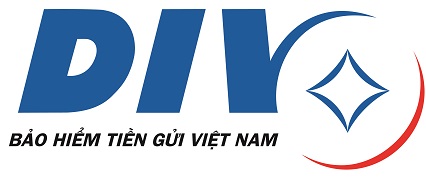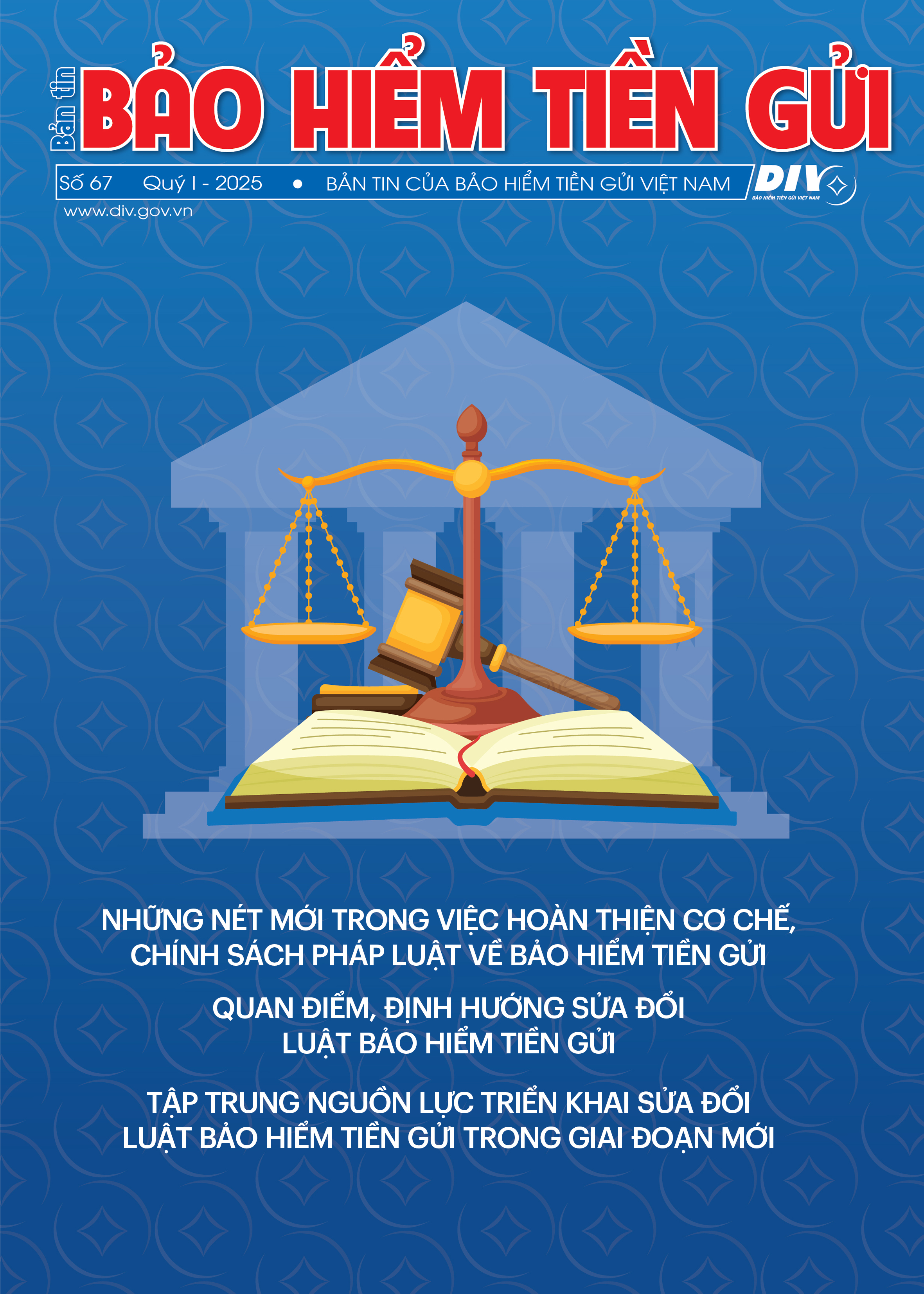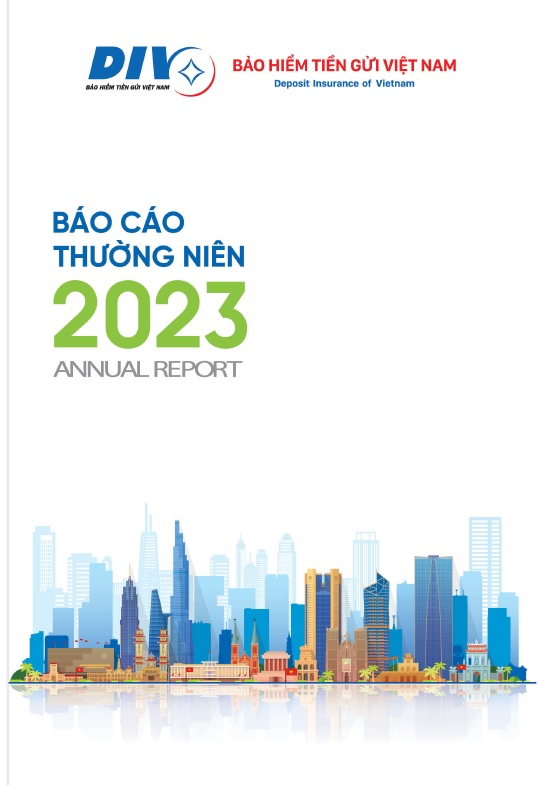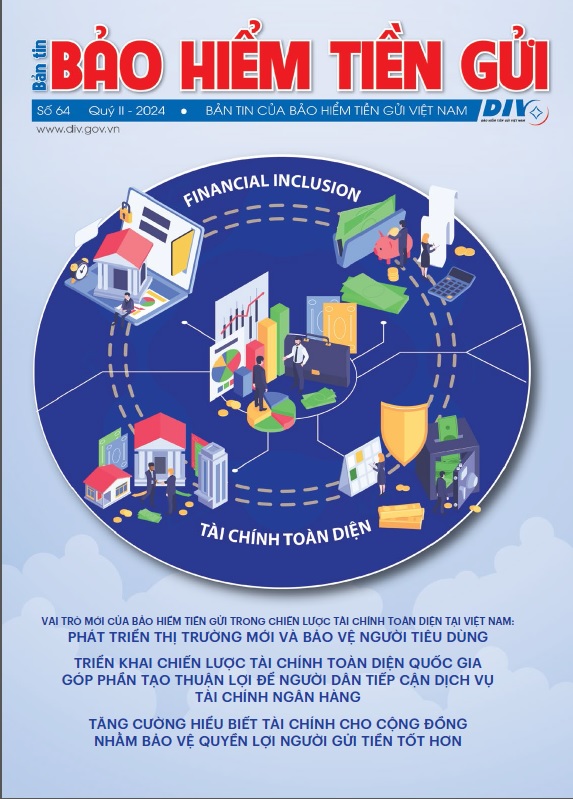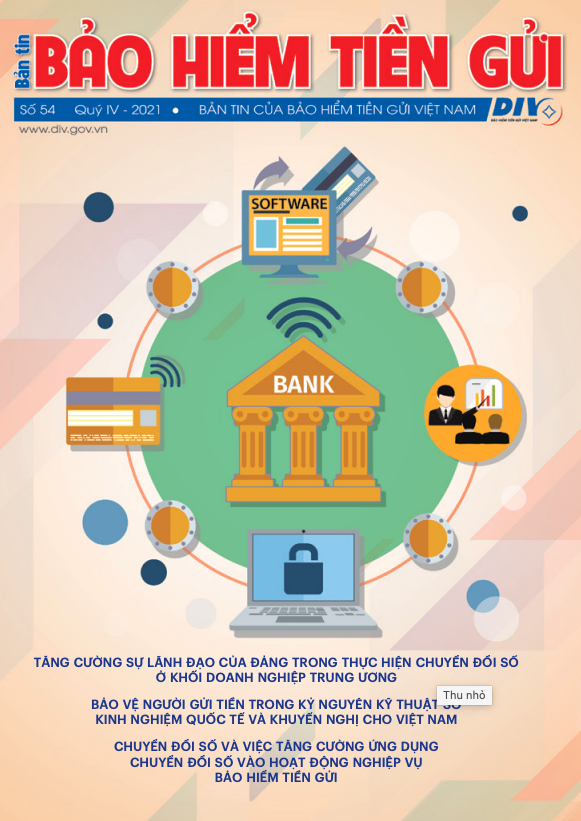Back in the period of 2009-2010, when property prices climbed hour by hour, day by day, almost everyone dreamed of changing his life by investing in property. Those who had money at hand speculated into real estate while others borrowed to invest with a strong belief that property prices would go up. However, into early 2011, in order to ensure the safety of the banking system and the robust growth of the economy, at the same time to avoid the extension of excessive credit to non-production sectors, the State Bank repeatedly sent warnings and adopted measures so as to prevent the banks from increasing loans for non-production sectors, for example, lowering loans for these sectors to 22 and 16 per cent on June 30, 2011 and December 31, 2011 respectively. In order to achieve this target, commercial banks pushed ahead collecting personal and corporate debts which had been invested in real estate and securities, and so the investors had to sell out stocks and property to pay their debts. As a consequent, the securities market constantly bottomed out and the real estate market suffered from quiet transaction days with property prices cooling down. In the meantime, investors having had spent all their money in the real estate market gradually became insolvent. Many referred to black credit as the last resort. However, given being lent at usurious rates, only a few could survive for long while others went bankrupt and failures spread accordingly.
From the perspective of the Deposit Insurance of Vietnam– the main organization responsible for protecting the legitimate rights and interests of depositors at its member credit institutions and authorized to supervise the member institutions- important questions raised are: How does the collapses of black credit impact on operations and credit quality of the member institutions, especially local people’s credit funds – a small-sized credit institutions operating mostly in rural areas where black credit was rather a widespread phenomenon? What are the potential risks to depositors at these institutions during a “storm” of black credit?
People’s credit funds and “black credit” crisis
A people’s credit fund (PCF) is a kind of cooperative credit union, operates on the basis of voluntary, autonomy, self-responsibility for its operational performance, mostly pursues an objective of mutual assistances to harness collective and individual strengths to improve the production, service and business and the standard of living. Usually, a PCF operates within a specific residential area such as a ward or a commune.
With more than 1000 local and central PCFs across the country, the PCF system has demonstrated its important role in mobilizing, circulating capital for socio-economic development, integration in the rural areas and increasingly affirmed its position in providing loans for rural areas and agricultural sector.
However, PCFs face more difficulties than other credit institutions because of their limited scale of operation and financial resources, weak systematic characteristics, low self-defense capability and exposure to high risks due to their loans concentrating in rural areas. The poor management of assets and liabilities would possibly make PCFs exposed to liquidity risks.
Given a PCF’s peculiarity of operating in a narrow area like a commune, the appearance of black credit largely affect their credit quality and liquidity. It is likely to occur when staff of the fund pledges assets or makes fraudulent record to borrow money and lend outsiders for earning interest spreads. The lack of rigorous examination on loans, failure to identify the misusage of loans, for example borrowing money from PDFs and giving it to people at higher interest rates, will lead to a foreseeable rise in non-performing loans of the PCF once a black credit crisis breaks out. At present, since the real estate market is frozen and the liquidity decreases, it is not easy for the PCF to auction pledged assets, particularly rural property, thereby reduce the chance of recovering their loans. In addition, one of the risks confronting the PCF is moral hazard as its staff may violate rules on lending, or make use of their position to withdraw funds from the PCF to lend outsiders. Therefore, the enhancement of PCFs governance is significant in mitigating risks, especially in the current tumbling market.
Improving the Deposit Insurance of Vietnam’s supervision
The Deposit Insurance of Vietnam (DIV) – a state-run financial institution established in 1999 with the important purpose of ensuring legal rights and interests of depositors, contributing to maintaining the safety of banking system, enhancing public awareness of national financial system – has the authority to supervise its member financial institutions as stipulated in the Governmental Decree No.89/1999/NĐ-CP dated on September 1, 1999 and in the Governmental Decree No.109/2005/NĐ-CP dated August 24, 2005 on Deposit Insurance. Since 2000, the DIV supervised; 100% of insured financial institutions consisting of 88 commercial banks, 12 non-banking credit institutions, 1072 central and local PCFs (as of June 30, 2011), spotted those institutions showing unusual signs in their operation to send early warnings and suggest effective resolution options in a timely manner. Therefore, neither bank-run nor domino failure has occurred, thus contributing to the safety of the insured financial institutions.
Currently, given that a number of black-credit related failures have increased, mostly in poor rural areas, DIV is urgently required to strengthen and improve the supervision of its member institutions, especially the system of local PCFs. In order to meet this requirement, some measures could be implemented as follows:
Firstly, DIV’s supervisory staff should keep close eyes on their assigned credit institutions, thoroughly analyze financial data provided by the institutions, particularly those related to non-performing loans, liquidity so as to detect unusual signs in time and give out early warnings or suggest on-site examinations if necessary.
Secondly, DIV should improve access to different sources of information on assigned areas, possibly from the State Bank’s branches and relevant local authorities such as local people’s committees and residents. To exploit the aforementioned sources, the DIV’s branches need to establish close cooperative relationship with State Bank’s branches and local authorities. When conducting on-site examinations, the DIV’s officers should actively build a team of collaborators of their own, give instruction to local PCFs in propagandizing deposit insurance policy and set up free-of-charge hotlines for people when they need or want to provide information for the DIV. These information need to be verified for timely resolution and DIV will send out early warnings if necessary.
Thirdly, issuing warning letters on “black credit” and sending to local PCFs recommending them to improve the management quality of their assets and liabilities, strengthen control over loan usage, timely identify and collect loans which have been misused; requesting the financial institutions to provide information for the DIV in time and reassess their loans if black credit failures occur in the areas to prevent the adverse effects of black credit crisis.
